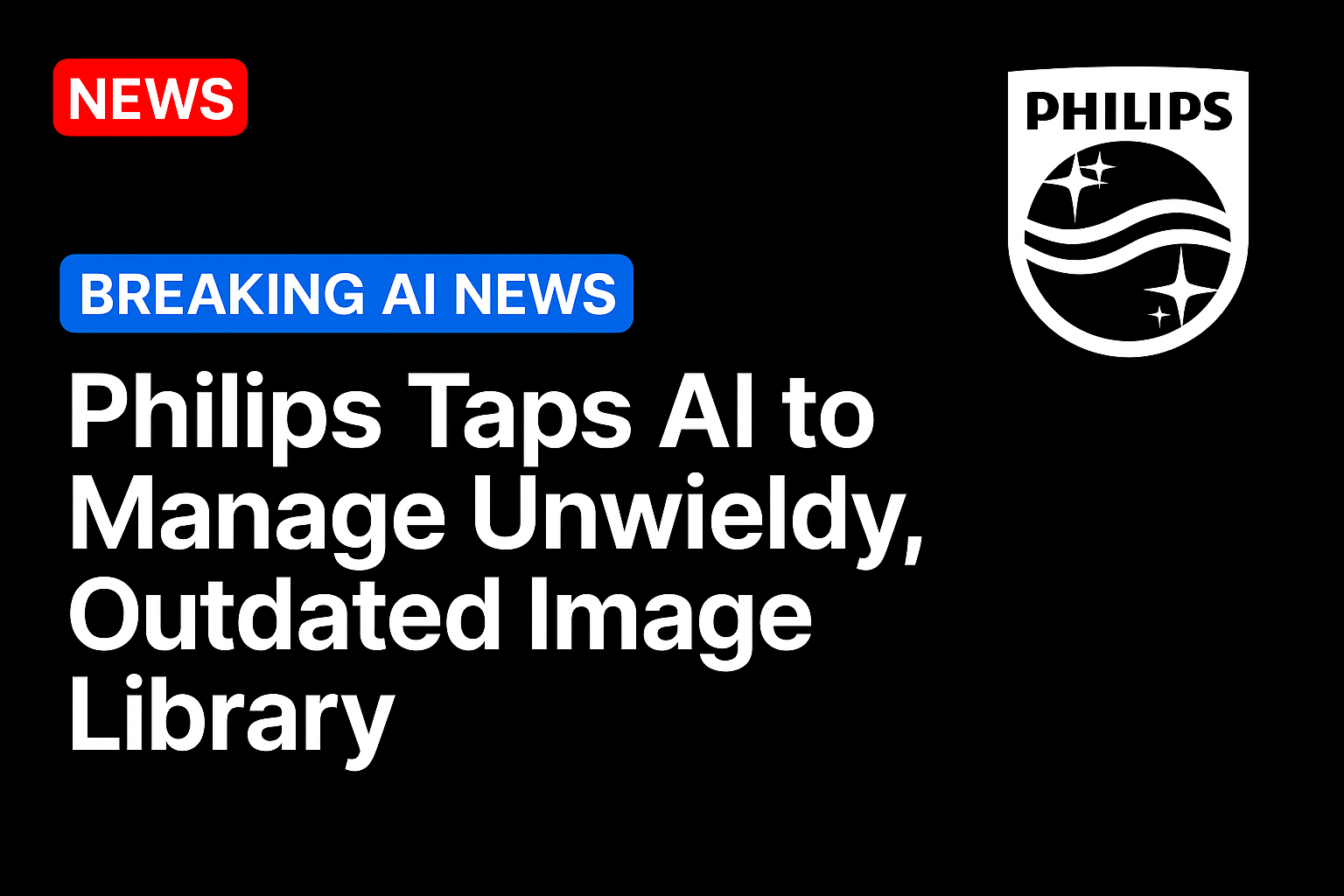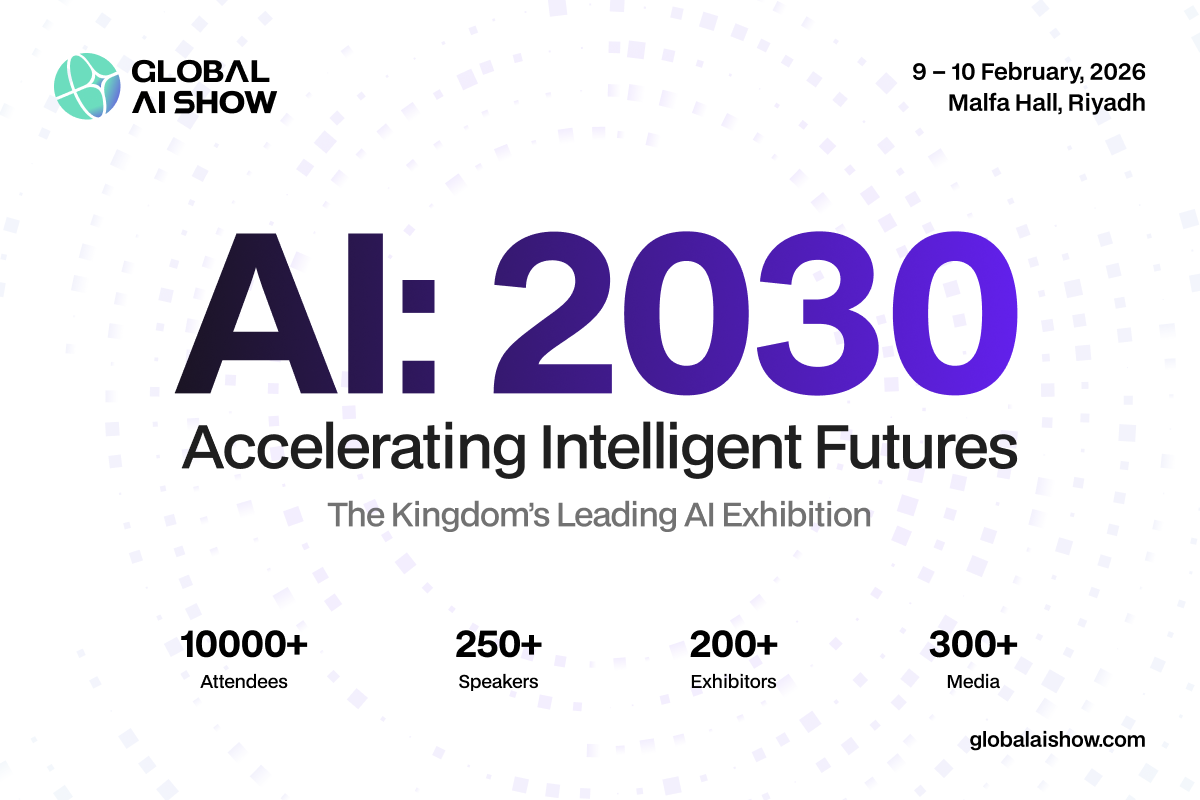Every company’s marketing department has thousands of photos that teams must sort through to find matches for advertising campaigns. Doing so manually would typically take days or even weeks.
Philips, a Dutch health technology company, faced the same issue. So it built a solution using Google Cloud’s Vertex AI platform to narrow down 200,000 images into the best 8,000 on-brand images in just hours.
The initiative addressed a long-standing challenge: the need to maintain visual consistency across a wide product portfolio and global digital presence. The volume and variety of content created over time had become difficult to organize and maintain using traditional systems.
“We manage a large volume of proprietary assets, many of which historically weren’t fully centralized,” Claudia Calori, Philips’ head of marketing excellence, personal health, told PYMNTS. “Properly managing the life cycle of these assets is critical to maintaining brand consistency and integrity across every touchpoint.”
Companies like Philips are using artificial intelligence (AI) to gain a competitive advantage, according to a PYMNTS Intelligence report. AI has changed from being a buzzword to a business enabler. In the goods and technology sectors, users said they could accelerate early-stage creativity to support concept development, prototyping and visual design.
Nearly 2 out of 3 product leaders use generative AI to innovate products and services, while 38% use it to generate feedback on the production process. Here, generative AI serves as a “creative partner” in the idea phase that turns weeks spent in cross-functional team alignment to surfacing designs in just one meeting, the report said.
At Philips, developers created a custom algorithm that used a form of AI called computer vision to sort images — bypassing the use of file names, manual tags or metadata, which are file descriptions that are often less precise and can be outdated.
Computer vision enabled Philips to compare and group images based on what’s in the image itself, even if the image is cropped, resized or compressed into a different format. The key is using image embeddings.
Image embeddings are mathematical representations of an image’s visual features. These embeddings capture patterns such as color, shapes, composition and textures for the AI to parse through.
“Using image embeddings, the system compares degrees of similarity between images across multiple databases and delivers instant results, even when scanning hundreds of thousands of images at once,” Calori explained. “It’s a metadata-free approach that’s driven entirely by the visual content itself.”
Bypassing the Metadata
Once the embeddings are in place, the AI then does searches based on visual similarities across Philips’ image libraries.
After similar images are identified, the algorithm puts them into groups. From each group, the best version based on quality or newness is chosen as the “master” image. Duplicates and outdated visuals were discarded. This was how Philips’ image library shrank from 200,000 to 8,000 of the best ones in just hours.
Under the old way, “we relied heavily on metadata to track image variants, but as assets were modified, reformatted or reused, that metadata could easily become disconnected or outdated,” Calori said. Using AI that bypassed metadata saved “significant” amounts of time and improved accuracy, freeing the team to focus on strategy and creativity.
The AI also makes it easier to manage the images across all marketing channels. Any revised versions can be traced back to its source to ensure that only approved images are used. This mitigates compliance risks.
“It also allows us to strengthen and ensure compliance, automates what used to be a manual effort and improves the consistency of the assets we present to our customers and consumers,” Calori said. “Ultimately, this helps drive stronger engagement and trust in the brand.”
The system supports additional use cases as well, such as enabling faster A/B testing, accelerating campaign launches, and curating up-to-date asset collections for marketing teams.
“Marketing plays a key role in how we help people take charge of their well-being,” Calori said. “Managing our digital assets effectively supports that mission. It allows us to tell a more consistent, clear story across all touchpoints.”
Philips said the new AI capabilities not only address current operational challenges but also establish a foundation for future innovation in marketing content strategy.
“This innovation marks a major leap forward for Philips’ asset life cycle management strategy,” the company said in a statement. “By using advanced visual matching, Philips can refresh touchpoints faster, limit compliance risk, and maximize the impact of current and new assets.”
Source: https://www.pymnts.com/




